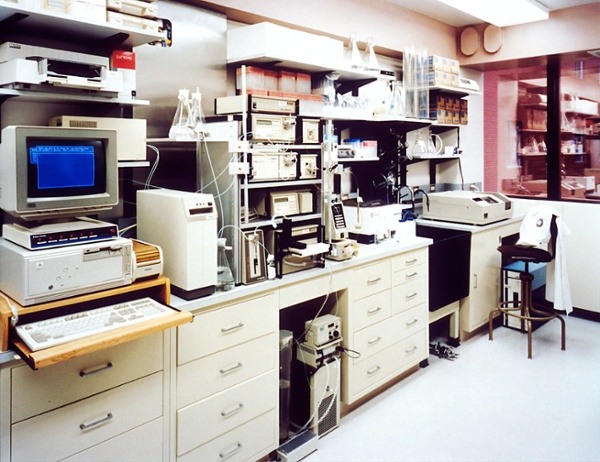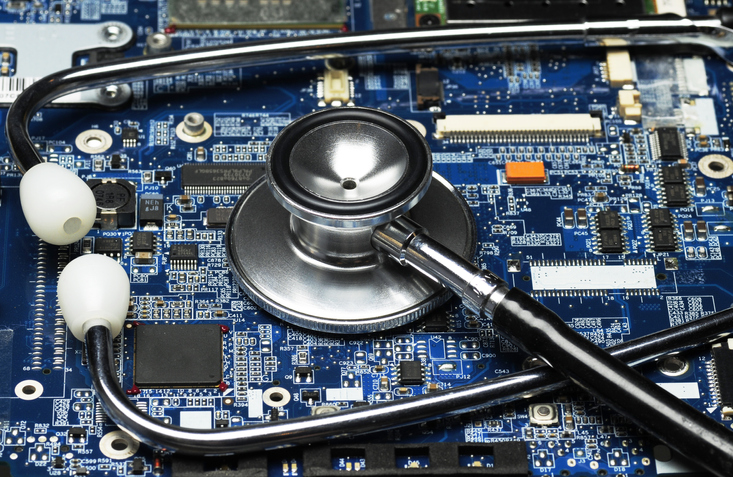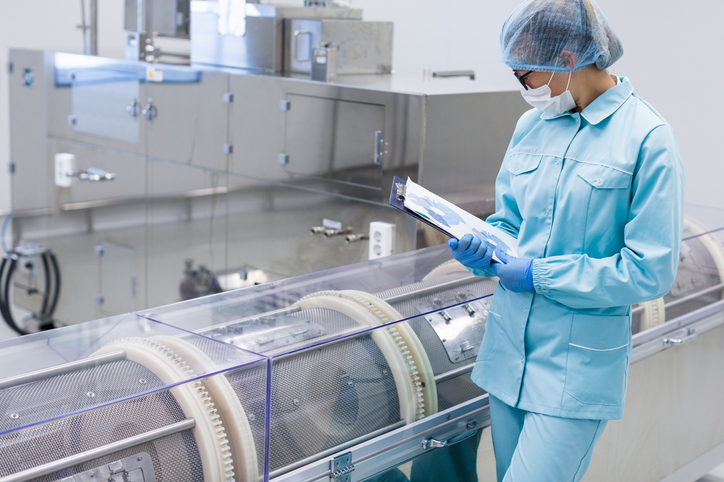Medical Device Electronics Design: Preventing Component Shortages
About 20% of all medical device manufacturers struggle to manage component shortages . This can be a big problem, especially since many devices can...

PCBs have been getting smaller for the past few decades, and few industries have taken more advantage of that than the medical industry. While that’s been the headline as of late, medical device electronics design hasn’t been focused purely on size reduction.
Buyers, and their own end customers, are seeing much-needed improvements in performance. How is that? High density interconnect (HDI) printed circuit boards.
Today, electronics engineers have more reason than ever to work with HDI PCBs. As you’ll see below, the changing needs of the medical industry demand it!
First things first: HDI PCBs are able to incorporate a high volume of internal wiring by using advanced technologies to make them more compact. The new technologies help reduce size without sacrificing performance, giving engineers multiple options for construction depending on the application.
HDI boards require additional manufacturing technologies such as;:
Medical device manufacturers must meet the highest standards, meaning they produce the best HDI technology currently available. There’s also the matter of quality of life -- the less invasive and intrusive a device is, the earlier it’ll be for a patient to live with it. Check out our free compliance and standards guide below for more info on the standards medical device manufacturers follow: 
The need for cutting-edge technology in the design of medical electronic devices is most obvious when you look at implants. For example, pacemakers need to be small, lightweight, and reliable. The high-speed transmission in HDI PCBs is highly desirable medical devices where device response times can mean life or death.
Demand for smaller boards and better performance have resulted in HDI PCBs that allow for more components to be placed on each side of the raw board. Designers can use increased I/O in smaller spaces. The signals can transmit more quickly with less signal loss.
HDI PCBs are more challenging and expensive to design and manufacture, but often the gains are worth the cost. Medical PCB assembly often demands HDI tech, even at increased per-board costs.
Every technology has limitations, and HDI PCB technology is no exception.
For most medical device manufacturers, the biggest limitation of HDI technology is its cost.
Manufacturing HDI boards requires expensive equipment and expertise that not every board manufacturer possesses. The yields are lower because each board requires more time to build. The multiple layers of the board need to be built up with the right materials to achieve the intended result.
The technology is relatively new and evolving quickly, so what was true last year may not be true this year. You also have to figure out which of the six variations make the most sense for your device -- a difficult task without an expert in-house.
What we can do right now with HDI boards may seem like magic compared to standard PCB boards, especially those that are generations old. But that magic requires careful engineering and manufacturing so your product isn’t just smoke and mirrors.
If you and your manufacturing partner can combine the right HDI circuit board with the right application, you’ll end up with a smaller, more efficient board. And the peace of mind that brings a patient will be more than worth the added expense.
(Editors Note: This blog was originally published in November 2020 and was updated in November 2023 to reflect new information)

About 20% of all medical device manufacturers struggle to manage component shortages . This can be a big problem, especially since many devices can...

The benefits of new technologies in health care are awesome. Developers are showing off some amazing ideas for medical devices. It’s no surprise that...

As you know painfully well, the coronavirus is causing growing demand for medical ventilators and other "life-sustaining" devices. As hospital visits...